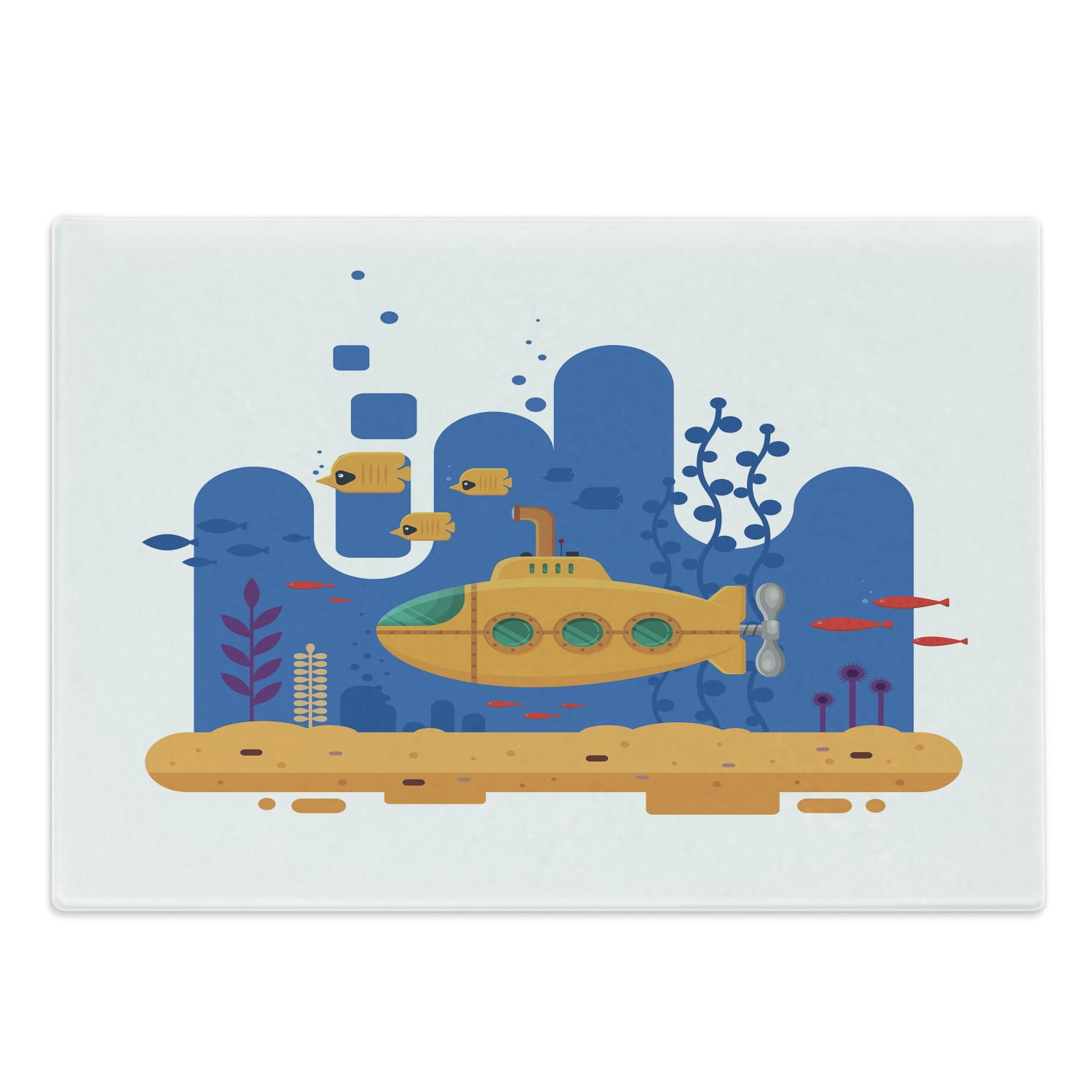
You don’t think about anyone, you just focus on execution. “When you race,” he says, “you don’t actually race against someone, because you’re so focused on execution, on how you take a step, technical parts of the run. His status as a military hurdler (international athletics meets were classified as operations “behind enemy lines”) meant he avoided the Soviet–Afghan War, although he did spend six months training as an artilleryman.Īlexeenko retains the lessons of his athletic coaching. A small blue cable that cost $2000.īack in the Soviet Union, Alexeenko hadn’t ever dreamt about a submarine, and to this day he doesn’t hold a scuba-diving certification. Ultrasonic testing of the ballast tank walls. There was the laser scanning of the hull silhouette.

There are three mechanical fail-safes, including a drop weight and ballast valves manually operable by a scuba diver. There were expenses for welding crews, electricians, gas sensors, depth sensors, and a freshly calibrated sonar (“you can find these in Australia, but it’s better to go off-the-shelf”). An industrial air compressor ($130,000), kept in a shipping container on the jetty, will recharge the tanks after every few dives. Two battery packs ($130,000) power the electric thrusters for travel at depths down to 30 metres.
#Yellow submarine cartoon underwater windows
The porthole windows for the 28 passengers and two crew, designed to flex 3 to 5 millimetres underwater, cost $160,000 and arrived with their own installation crew from Finland. Modifications to prevent the diesel from aerating were required, “then we had to go back for a new fuel pan”. Two Volvo Penta engines drive the 65-tonne, 20-metre-long vessel at 8 nautical miles per hour on the surface. There are a few pretenders – a couple of threeperson, unpressurised quasi-subs up on the Great Barrier Reef, and some private vehicles that get rented out as yacht toys – but no true submarines, and nothing on this scale.

This will be the first commercial submarine operating in Australia, accessible to children and centenarians alike.

Nearly two years after he found a suitable shell and brought it to this Brisbane shipyard, his customisations are almost complete. Alexeenko has the shoulders of a man who’s spent years reaching upwards to hammer away at something over his head.Īs Alexeenko shows off his big yellow submarine, he points out where its refit has been particularly painful or expensive – not in complaint, but as points of interest. Except for his shoulder muscles, which bulge alarmingly. Three decades after he represented the Soviet Union as a hurdler, Andrey Alexeenko retains the wiry frame of a track athlete. A former Russian athlete’s plan for Australia’s first commercial sub


 0 kommentar(er)
0 kommentar(er)
